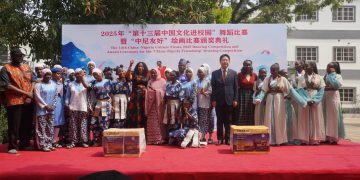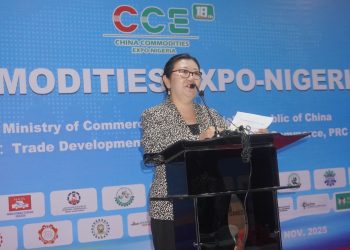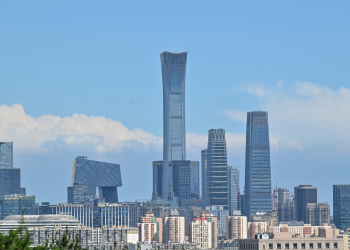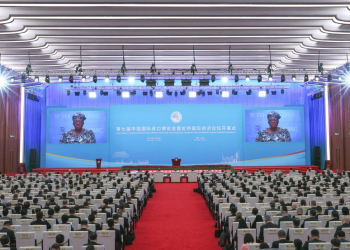The rubber tree is a perennial crop that produces rubber latex, which oozes out when the tree is tapped and can be processed into solid rubber or liquid rubber.
Rubber seedlings were first introduced into Nigeria in 1895 from Brazil and by 1903, the first rubber estate was established in Sakponba in Edo state.
Rubber is grown in Edo, Delta, Ondo, Ogun, Abia, Anambra, Akwa Ibom, Cross River, Rivers, Ebonyi and Bayelsa States.
In 2020, Nigeria produced over 85,000 metric tons of natural rubber, making it the third-largest producer of natural rubber in Africa, after Côte d’Ivoire and Liberia.
Rubber is used for the manufacture of tyres, automobile engines, hand gloves, carpet underlay, balloons, condoms etc.
The demand for rubber is on the rise globally, with various industries, including the automotive, construction, and medical sectors, relying on it for manufacturing.
Prospective investors can make huge profits by investing in rubber plantation, processing and export.
Investors must first register their companies with the Corporate Affairs Commission (CAC) and obtain a license from the Federal Ministry of Solid Minerals.













































